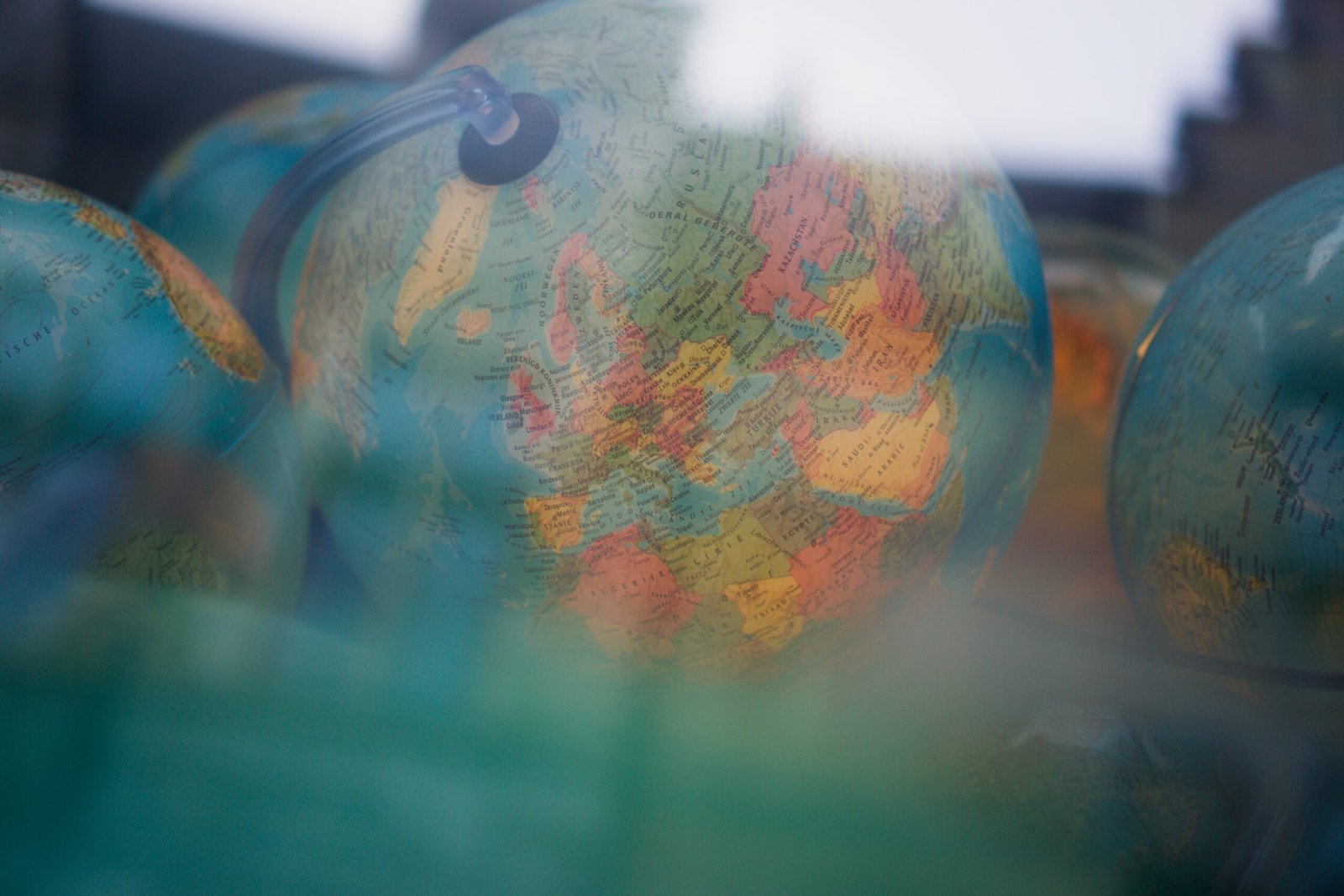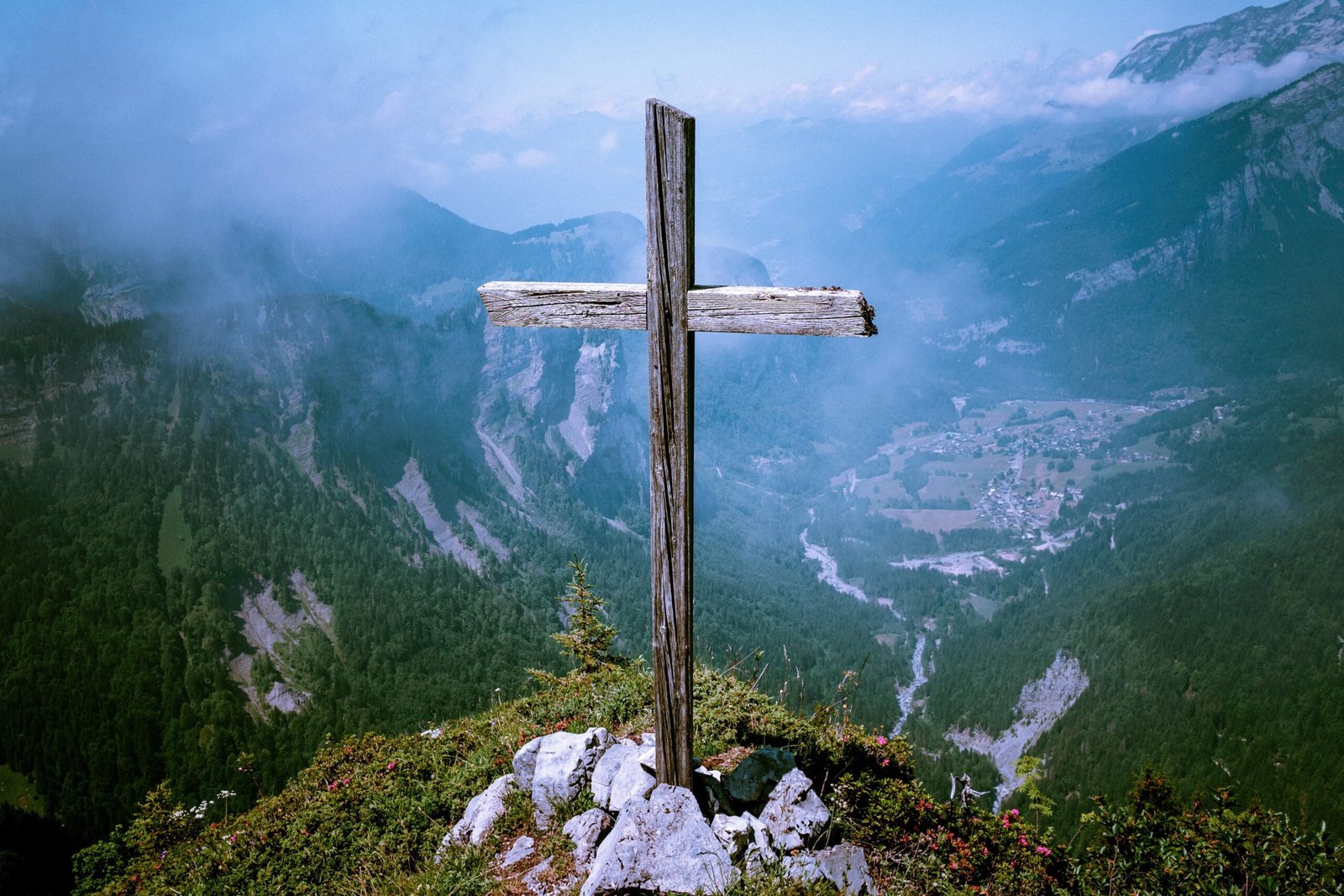UArizona crew of professional artists successfully completes simulated moon mission
By Mikayla Mace Kelley,
University Communications
Today
Chris Richards/University Communications
Elizabeth George leaped into the air and lingered. When her feet finally touched down, she pushed up and spun three times before returning gently to Earth.
Such ballon – a term in dance meaning light-footedness – would normally be impossible on Earth, she said, especially while donning a roughly 20-pound, pressurized spacesuit.
Her near weightlessness was the product of engineering that allowed her to feel what it might be like to pirouette on the moon.
“Those first couple steps I took were just really magical,” said George, a dancer/choreographer and associate professor in the University of Arizona School of Dance. “They inspired a curiosity in how I could fully connect to that pocket of lightness accessible while executing a jump. It also inspired an interest in how a dancer’s perspective and connection to foot articulation and cross-body movement could potentially inform moving more efficiently in one sixth gravity.”
She and three other UArizona professional artists served as crew members in a six-day simulated moon mission, called Imagination 1. The goal was to explore the value of art in space exploration and produce creative works inspired by the limitations and possibilities of life and culture beyond Earth.
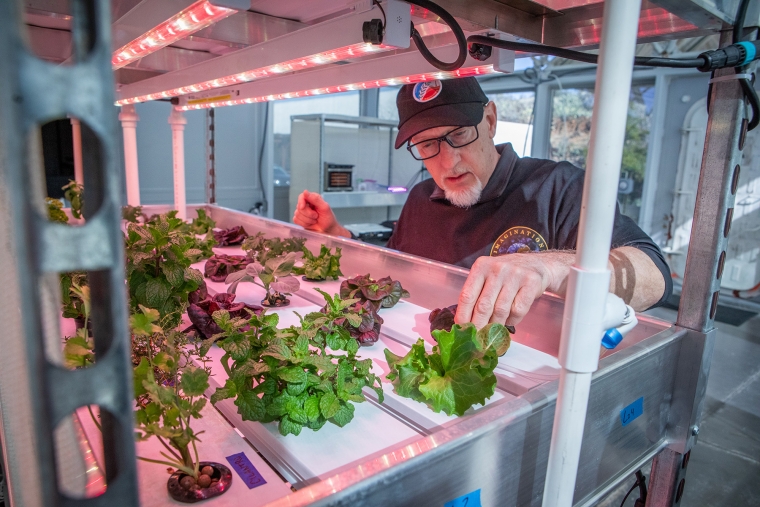
Chris Richards/University Communications
The crew was led by Christopher Cokinos, a nonfiction writer and professor emeritus of English, and also included Julie Swarstad Johnson, a poet and Poetry Center archivist and librarian, and Ivy Wahome, a textile artist and Master of Fine Arts candidate in costume design and production at the School of Theatre, Film & Television.
“All of the art forms that we brought with us into this technological space are ultimately very human things,” Johnson said. “That’s something I hope that we can convey to people as we think about any kind of movement beyond Earth. As humans, we’re always going to be creating and thinking, and art can help us do that well.”
Ad lunam cum arte
“To the moon with art,” Johnson said as she and the crew waved goodbye to family and friends from an airlock threshold.
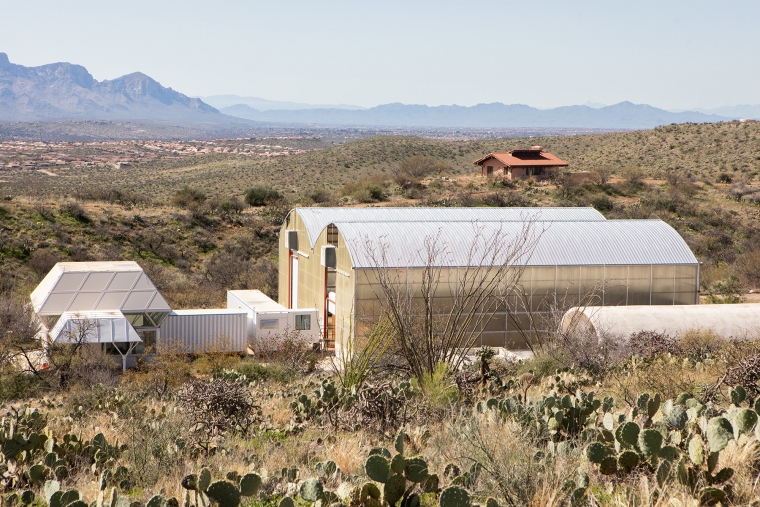
Chris Richards/University Communications
Beyond that physical threshold held the interior to the Space Analog for the Moon and Mars, or SAM, a 1,100-square-foot pressurized and hermetically sealed facility that would be their home for the next six days and five nights. But in their minds, crossing that threshold meant traveling to the moon.
Within SAM, they covered the windows that would otherwise reveal the Sonoran Desert landscape, and the crew immersed themselves in lunar imagery with virtual reality headsets provided by the School of Information. By night, they projected images of the lunar surface, including the south pole region, an area of particular interest to humanity since the discovery of water ice, a valuable resource in space.
The crew read aloud poetry about space travel and watched movies about the Apollo missions.
“It was so important to imagine as much as possible that we were on the moon,” Johnson said. “One thing I do in my work is try to get a sense of place. On the moon, that means nearer horizons and rounded mountains, for example. These ideas turned up in my poem.”
[…] Anywhere we go, the mind
will fall inward through the distance that divides
the eye from the flash thought threads
between neurons, between sunlight
through Earth’s atmosphere and the hard
shadows cast by the Moon’s rounded peaks.
The Apollo moon walker Alan Bean took art classes while he was a test pilot, according to Cokinos, who will publish written pieces about the mission for Esquire and the Telegraph.
“Alan Bean came back and spent the rest of his life painting the exploration of the moon,” Cokinos said. “So far, he’s the only person to go the moon with that kind of creative tool kit.”
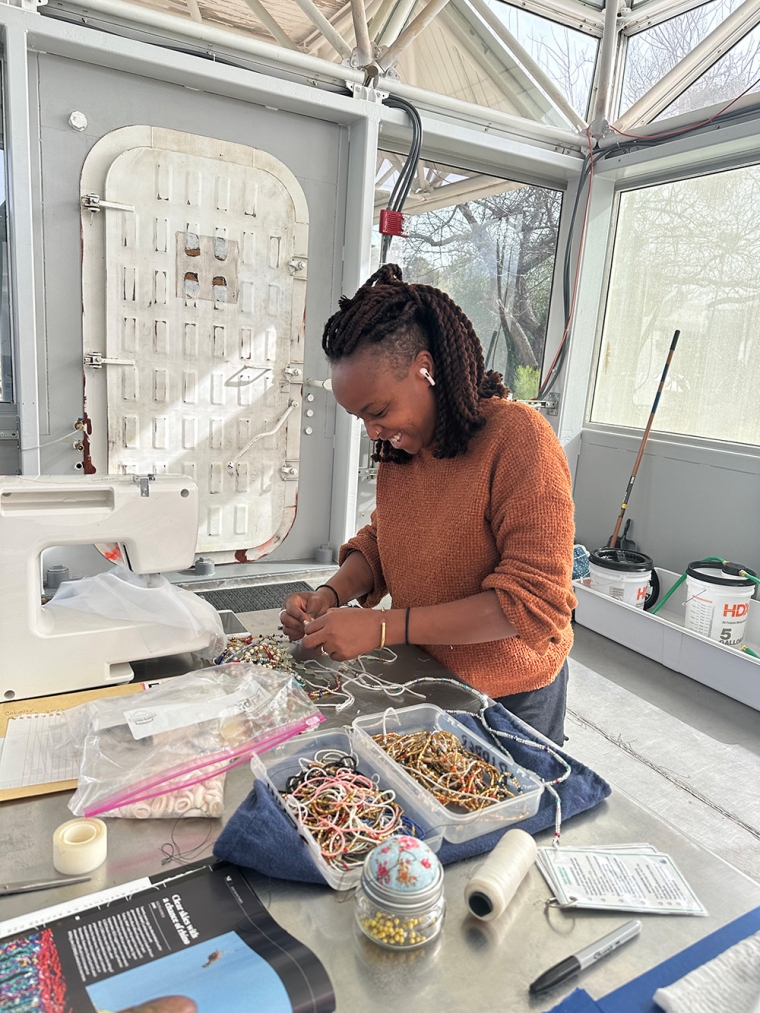
Courtesy of the Imagination 1 crew
Wahome used scrap fabric to capture scenes from the mission in a large tapestry.
“I brought a blanket that I had when I was a child, and used that as my canvas,” Wahome said. “I took all the ideas and symbols and thoughts that we all had in there, and I incorporated that into the tapestry,” including images of the moon, the crew in spacesuits and footprints.
She also sewed a bag for crew members to tote their tools during simulated space walks.
SAM’s third crew
SAM, which is located on the same campus as Biosphere 2, is built around the renovated 1987 Biosphere 2 Test Module and prototype lung, which modulates the pressure of the enclosed space. The expanded facility now includes crew quarters, an engineering bay and a greenhouse with a hydroponics system.
SAM director of research Kai Staats leads development at SAM in concert with a team of volunteers, contractors and consultants, the Biosphere 2 and the UArizona’s Controlled Environment Agriculture Center, Paragon Space Development Corporation and NASA. SAM began hosting crews in April 2023. This was the third crew to stay in the habitat.
The Imagination 1 crew closely monitored and adjusted their carbon dioxide level, air flow and habitat pressure using an advanced network of environmental sensors and software. They also managed a new hydroponics system that grew fresh lettuce, kale and herbs.
Imagination 1 operated in what’s called mode two, Staats said, which is pressurized and hermetically sealed but allowed air to flow through valves to control carbon dioxide and oxygen levels. In the next mission, slated for the fall, a new crew will experience mode three, in which SAM is pressurized and sealed completely.
Imagination 1 was also the first mission to capture humidity from the air, Staats said, extending their limited 55 gallons of water by an additional 10 gallons for the entire six-day mission.
“We were simulating being in a habitat on the moon and making art. At the same time, we were taking care of environmental systems, and it was taking care of us,” Cokinos said. “We hope that in some small way we’re pointing toward giving astronauts some of those tools – and that the artists who inevitably go will convey the moon as the moon and as a carefully tended home, like SAM is, for humans living there in peace.”
Moondance imagined
Immediately outside SAM’s functional airlock is a 2,600-square-foot Mars yard. Once complete, the indoor Mars yard will provide a hi-fidelity approximation of the terrain of Mars and a substantially larger outdoor lunar terrain park, Staats said.

Arlene Islas/University Communications
Each crew member completed an EVA, or Extra Vehicular Activity, in which they donned pressure suits connected to the habitat to conduct simulated moon walks. The fully functional spacesuits have been tested in a near-space environment at 70,000 feet above the Earth’s surface and underwater.
The Mars yard also includes a reduced gravity simulator. It’s built on a track that is 50 feet long and 12 feet high. During their EVAs, the crew took turns strapped into a harness while a counterweight enabled them to simulate the reduced pull of gravity on other worlds. This is how George explored what it would be like to dance on the moon, freed of five-sixths of her earthly body weight.
Beyond Imagination 1
The crew’s family and friends welcomed them back to Earth on a rainy and cold morning on March 15. Wahome said the first thing she noticed as she stepped out was the smell of the wet plants.
The crew will continue to reflect, create, collaborate and engage with the public and spaceflight community to demonstrate the transformative role the arts can play as humanity takes to the moon, Mars and beyond.
When asked if he would actually venture to the moon, Cokinos said: “I would do it in a heartbeat.”
Imagination 1 is supported by the University of Arizona College of Fine Arts, Department of English, Poetry Center, College of Science, Confluencenter for Creative Inquiry, the Lunar and Planetary Laboratory and the School of Information.











